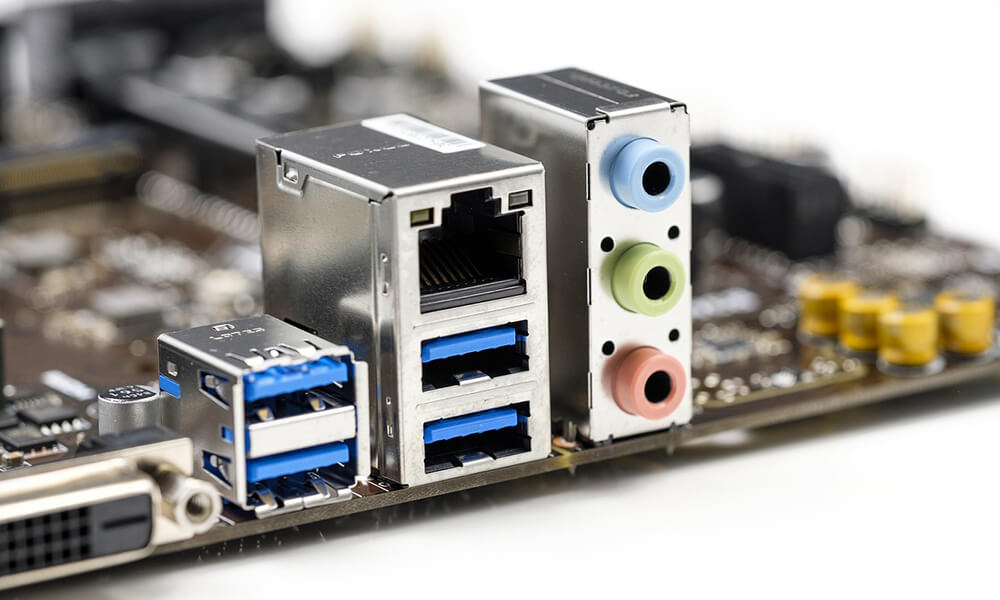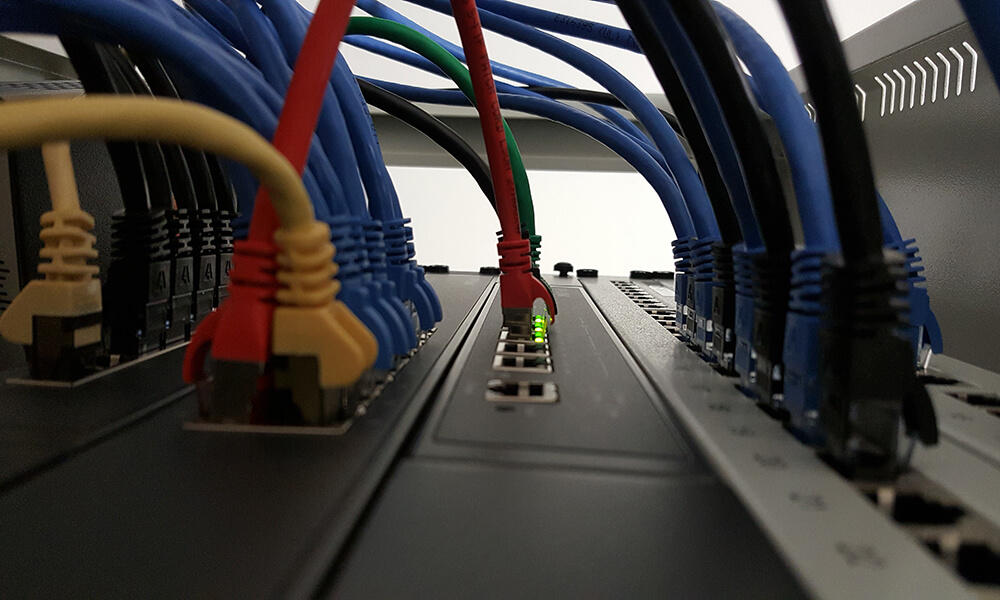Single Mode vs Multimode Fiber Optics
Fiber optic cables have revolutionized data transmission, enabling high-speed communication across global networks. Among the primary types, single mode (SM) and multimode (MM) fibers dominate the industry, each with distinct characteristics tailored to specific applications.
Comparative Overview:
| Category | Single Mode Fiber (SMF) | Multimode Fiber (MMF) |
|---|---|---|
| Core Diameter | 8-10 μm (narrow, supports single light mode) | 50 μm or 62.5 μm (wide, supports multiple light modes) |
| Bandwidth | Up to 100 Gbps+ over long distances (e.g., 100 Gbps at 80 km) [1] | OM1/OM2: 1 Gbps; OM3/OM4: 10 Gbps (300-550m); OM5: 40/100 Gbps (150-300m) [2] |
| Maximum Distance | >100 km (100 Gbps with amplification) [1] | <1 km (performance degrades significantly beyond 550m for high speeds) [2] |
| Light Source | Laser diodes (1310 nm or 1550 nm wavelengths); high precision and cost | LEDs or VCSELs (850 nm or 1300 nm); lower cost and power |
| Dispersion | Minimal (primarily chromatic dispersion, manageable with transceivers) | Significant modal dispersion (different light modes arrive at varying times) |
| Transceiver Cost | 30-50% higher than MMF transceivers (due to laser technology) | Lower-cost VCSEL/LED-based transceivers |
| Installation Complexity | Higher (requires precise alignment/fusion splicing to avoid signal loss) | Lower (more forgiving of alignment errors) |
| Typical Applications | Long-haul networks (undersea cables), 5G backbones, inter-data center links (>10 km) | LANs, data center intra-rack connections (<500m), industrial short-haul networks |
| Key Advantage | Superior long-distance performance and high bandwidth for critical infrastructure | Cost-effective for short distances; lower transceiver and installation costs |
References
- IEEE, “Single Mode Fiber Specifications” https://ieeexplore.ieee.org/document/8641435
- TIA, “Multimode Fiber Standards,” https://www.tiaonline.org/standards/telecommunications/optical-fiber-cabling/
1.Structural Differences
- Single Mode Fiber (SMF): Features an extremely narrow core, typically 8-10 micrometers (μm) in diameter, designed to carry a single light signal (mode). This narrow core minimizes signal dispersion by restricting light to a straight, direct path
- Multimode Fiber (MMF): Has a much larger core, ranging from 50μm to 62.5μm. This wider core allows multiple light signals (modes) to travel simultaneously, each reflecting off the core-cladding boundary at different angles.
2.Cladding and Coating
Both fiber types include a cladding layer (typically 125μm) that surrounds the core, using a lower refractive index to trap light via total internal reflection. An outer protective coating (250μm or 900μm) adds durability, but SMF often requires more precise manufacturing due to its narrow core.
3.Light Sources and Transceivers
4.Applications
Single Mode Fiber
- Long-Haul Networks: Backbone infrastructure connecting cities, countries, or continents (e.g., undersea cables).
- High-Bandwidth Data Centers: Interconnections between geographically dispersed data centers requiring 100 Gbps+ speeds over 10+ km.
- Telecom Networks: Supporting 5G and fiber-to-the-home (FTTH) deployments where signal integrity over distance is critical.
Multimode Fiber
- Local Area Networks (LANs): Short-haul connections within office buildings or campuses (e.g., linking switches and servers).
- Data Center Closets: Intra-rack or inter-rack connections over distances < 500 meters, leveraging lower-cost transceivers.
- Industrial Networks: Factory floor communications where short distances and cost efficiency matter more than ultra-high bandwidth.
5.Cost Considerations
- Cable Costs: SMF is marginally more expensive per meter than MMF due to tighter manufacturing tolerances.
- Transceiver Costs: MMF transceivers (e.g., VCSEL-based) are 30-50% cheaper than SMF laser transceivers, a key factor for short-haul networks (Data reference: “Fiber Optic Transceiver Pricing Trends” by Dell’Oro Group, 2024).
Conclusion
Single mode and multimode fibers serve distinct purposes: SMF for long-distance, high-bandwidth applications, and MMF for cost-effective short-haul networks. Choosing between them depends on distance requirements, bandwidth needs, and budget. As data demands escalate, both technologies will evolve, but their core roles in global connectivity remain irreplaceable.




